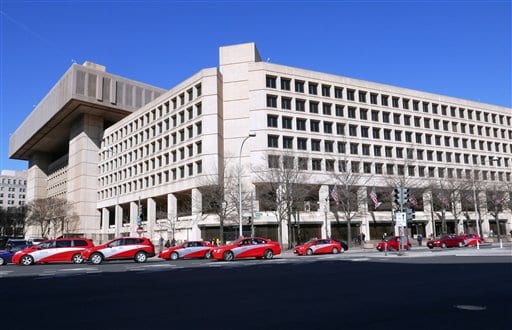IT’S COME TO THIS: Slate defends “brutalist” architecture, in a piece titled, “Of Course Trump Hates Brutalism —Buildings like the FBI headquarters are everything Trump is not.”
It is also not surprising that Trump the architecture critic has no love for FBI HQ, one of the most reviled examples of the maligned Brutalist style. In the public imagination, capital-B Brutalism—the postwar fad named for béton brut, French for raw concrete, and defined by its heavy, cast-concrete forms—tends to be lumped in with both the shoddy, underfunded modernism of public housing projects and the space-age experiments that followed. As Julia Gatley and Stuart King write in Brutalism Resurgent, a 2016 anthology, brutalist came to be “a pejorative term used to describe monolithic buildings of raw concrete construction that impose themselves on their surroundings.” In the New York that shaped Trump’s aesthetics, that description would have suited affordable housing projects like Waterside Plaza, River Park Towers, Chatham Towers, and Tracey Towers—the antitheses of Trump’s new brand. The far right appears to be leading a broader backlash against architecture self-evidently built with 20th-century technology. Such structures, in addition to their perceived deviance from the “Western traditions” venerated by American fascists, represent the tastes and lifestyles of America’s treacherous urban elite.
“Fascists?” Wait until the author discovers who the father of brutalism worked for during WWII. Though I have to give the him bonus points for subtextual chutzpah in his phrase “America’s treacherous urban elite.”
(Found via Varad Mehta of the Ace of Spades Decision Desk, who tweets, “‘Brutalism is good because Trump hates the FBI building’” might be the Slate pitch to end all Slate pitches.”)

